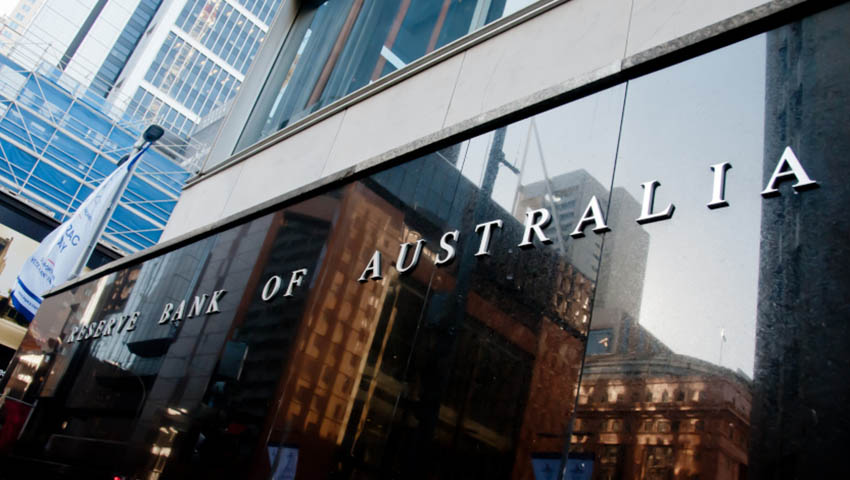10 biggest influences on property prices
Property investors looking to get ahead need to go beyond looking at interest rates, population growth, negative gearing and proximity to desirable location, suggests an industry expert.

According to head of research for Propertyology Simon Pressley, while these have some influence on the property market, there are other factors that have a larger impact on property prices.
“Those who choose locations to invest in primarily because of, say, an infrastructure project or population growth are missing much more important parts of the property puzzle,” Mr Pressley said.
1. Exchange rates
The metric is out of mind for most property enthusiasts, but when the exchange rate supports industries, the economy in various locations does well, which supports jobs and property price growth, according to Mr Pressley.
2. Lifestyle
As consumers look to make lifestyle choices away from the major cities, savvy property investors could see a price rise.
3. Housing affordability
The much-hyped unaffordable Sydney and Melbourne property markets are seeing residents seeking internal migration away from the large capitals.
With policymakers responding to housing prices through home buyer grants, stamp duties and other tax policies, this has an impact on the price of property.
4. Consumer confidence
Confidence has a significant influence on the property market because the investor must first buy debt before acquiring the property.
With this, the more confident investors feel, the more likely they are to buy assets, while the more pessimistic they are, the less likely they are to take on debt, Mr Pressley said.
5. Wage growth
It’s no coincidence that Australia’s most prosperous real estate years at the beginning of the century were the year after wage growth of more than 3 per cent.
Even though home loan interest was between 7 and 9 per cent, the ability to service debt was more important than the price or size of the debt.
6. Key industries
No matter how big or small the town or city is, every location has one or two industries which are most critical to the economy.
The performance of the key industries has a major impact on the local economy.
7. State governments
From the quality of economic management through to investment in new projects and property, tax laws all have an enormous impact on the property market, Mr Pressley said.
Almost as important as the policies is the presentation of the policy to the masses.
8. Job creation
On the demand side of the supply-demand property equation, job creation is one thing which investors should focus on more than anything else, according to Mr Pressley.
Contrary to popular belief, it is job creation and not population growth that drives up the prices of property in a local area.
9. Construction industry
The construction industry is responsible for one in 10 jobs in Australia and a strong construction industry signals a strong economy, with house price growth tending to follow.
10. Credit policy
The largest impact on the property market is credit policy, because a lack of credit means nobody can buy real estate.
Readily available credit for responsible borrowers is an essential ingredient to any country that has aspirations of growth in jobs, wages, infrastructure, community confidence and financial independence, Mr Pressley said.
“Without any shadow of doubt, nothing has a bigger influence on the performance of property markets [than] credit policy,” Mr Pressley concluded.
